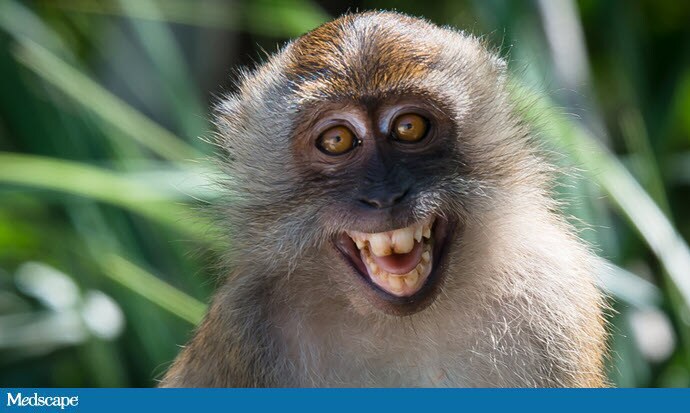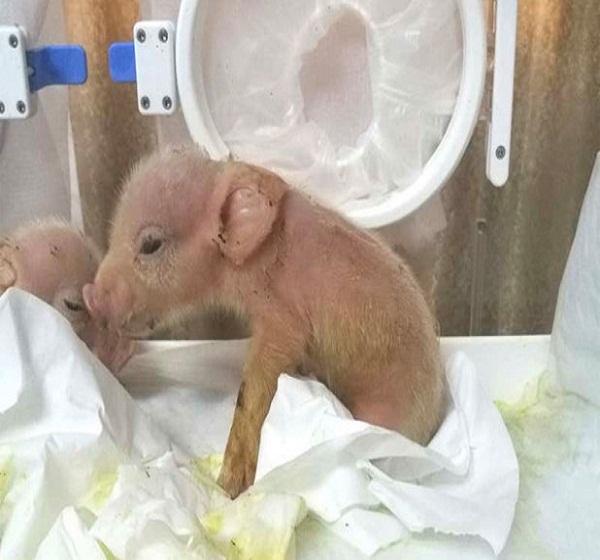
Núñez said the researchers plan to experiment with human cells and rodent and pig cells, as well as with non-human primates.Ī stock image of Rhesus macaque monkeys. The researchers did not release further details to the newspaper as they said they plan to publish their findings in a scientific journal.īiologist Estrella Núñez of Spain's Murcia Catholic University who worked on the project told El Pais: "The results are very promising." The work, led by scientist Juan CarlosIzpisúa of the Salk Institute, California and researchers at Murcia Catholic University (UCAM), was carried out in China to side-step the potential legal issues, according to El Pais. However, the would-be chimera is not alive as researchers stopped the process, El Pais reported. A chimera is an organism which contains two different sets of DNA. If successful, scientists could create chimeras which contain organs made of human cells. The approach involves the embryo of a species which is a few days old, and human embryonic stem cells, brought together in a way which would enable them to grow harmoniously, according to MIT Technology Review. Stem cells are special because they can become another type of cell in the body, such as a nerve of muscle cell. The team hope the technique will bring animals used to grow human organs for transplantation a step closer, Spain's El Pais newspaper reported.Īn international team of scientists working in China genetically modified the embryos of monkeys by turning off the genes which create organs, and then inserted human stem cells.

See the original version of this article on BGR.Scientists in China have reportedly created part human, part monkey chimera embryos for the first time.

Save 75% on a Canon black and white multifunction laser printer on Amazon Save 61% on a 6-port USB rapid charger on Amazon
#Monkey human chimera android#
This $16 clip-on lens kit fits the iPhone or any Android phone, and it’s awesomeĪmazon deal offers a 7-inch Android tablet for under $43 But those lives will be saved after we create a new hybrid species, at least in part, and then kill and harvest its organs. Are we okay with creating what are essentially organ farms, where we exploit nature (including other species) in order to grow organs for transplant into humans? Could it eventually save human lives? Almost certainly yes. Ultimately we’re going to have to make a choice as a species. These results may help to better understand early human development and primate evolution and develop strategies to improve human chimerism in evolutionarily distant species. We also uncovered signaling events underlying interspecific crosstalk that may help shape the unique developmental trajectories of human and monkey cells within chimeric embryos. Monkeys, on the other hand, are much more closely related to humans, and when using human pluripotent stem cells (hPSCs) in cynomolgus monkey embryos in the lab, they found that the human cells integrated at a might deeper level.

They found that the tissues were simply too different to allow for strong integration. Scientists have experimented with using certain types of human stem cells in animal embryos in the past, including in pigs and mice. The problem? They’re growing human/monkey hybrids in a lab for the purpose of slicing them up and sticking the pieces in living humans. The idea is that if scientists can grow parts of animals in the lab, and those pieces are close enough to humans to be used for transplants, a limitless supply of new organs could be on the horizon. In this case, scientists working on new possibilities for creating lab-grown organs for human transplants created early embryos that are half-human and half-monkey. It’s funny, but scientists are now legitimately asking the question after a team of researchers revealed that they have created chimera embryos in the lab.Ī chimera is a hybrid of two species. People post the question sarcastically on images of homemade Oreos with cream from 100 of the cookies, or a fast-food sandwich where the buns are replaced with fried chicken. “Has science gone too far?” has become something of a meme of late.


 0 kommentar(er)
0 kommentar(er)
